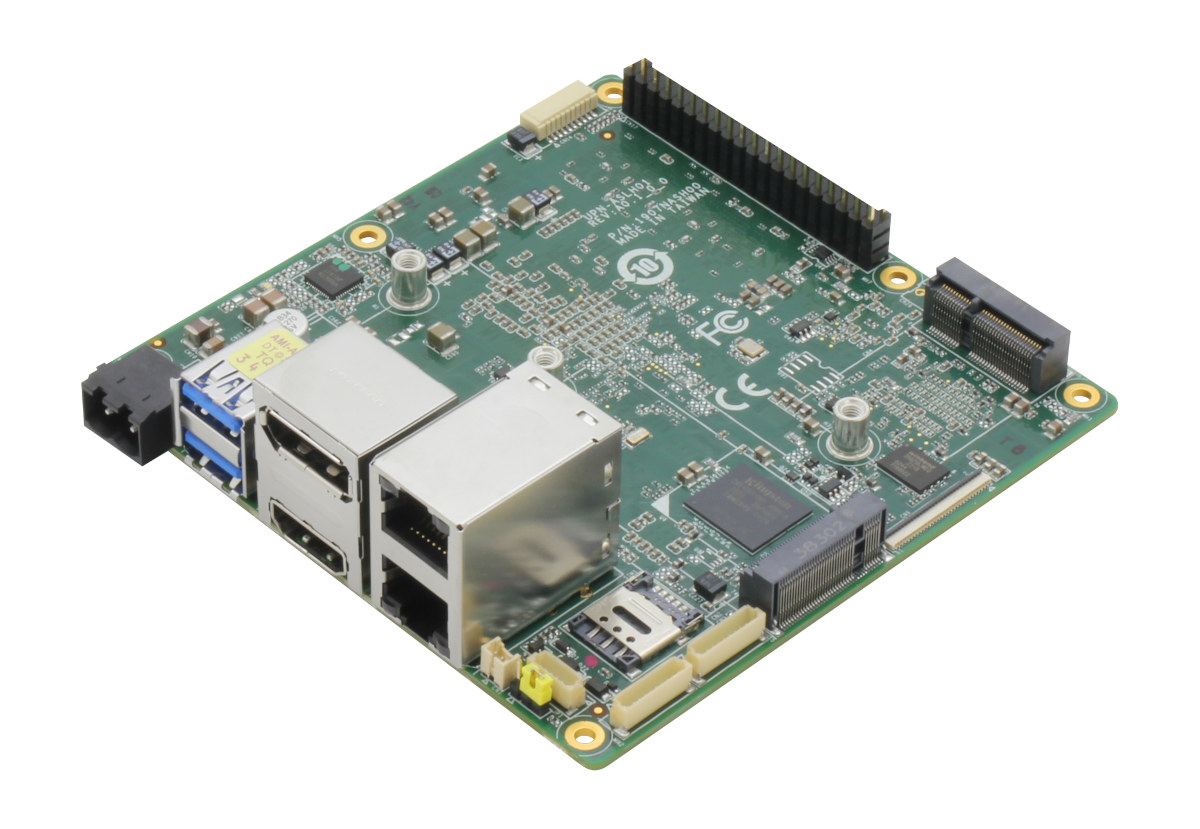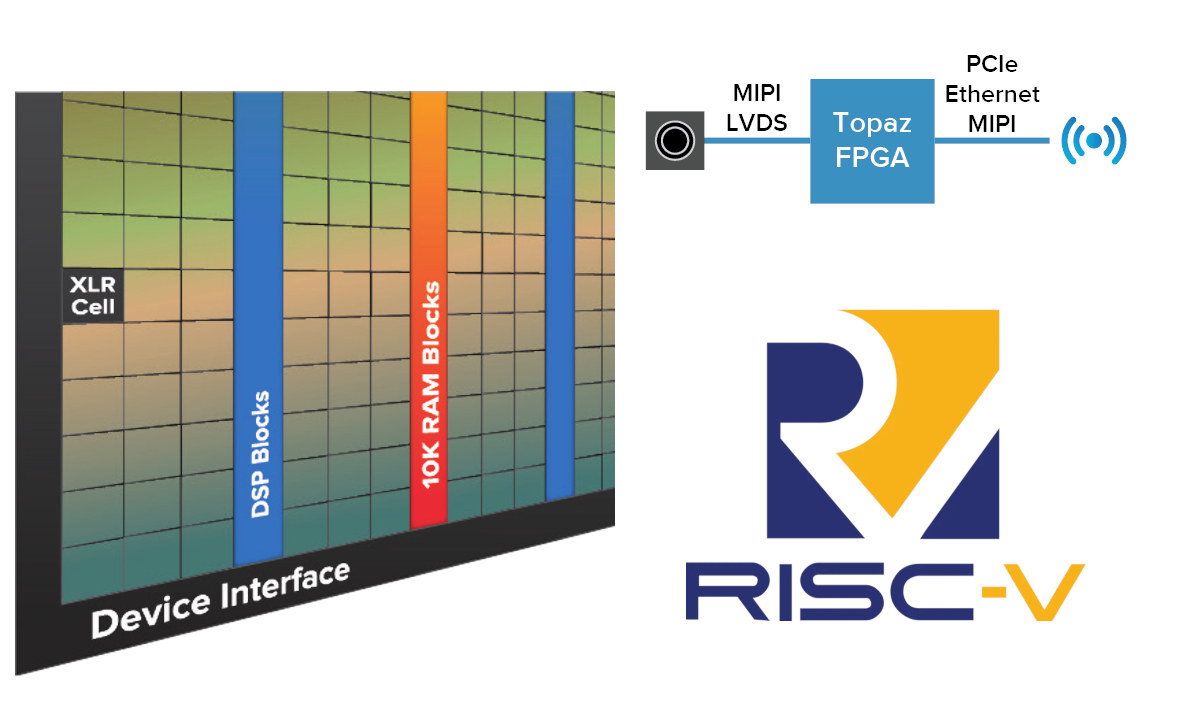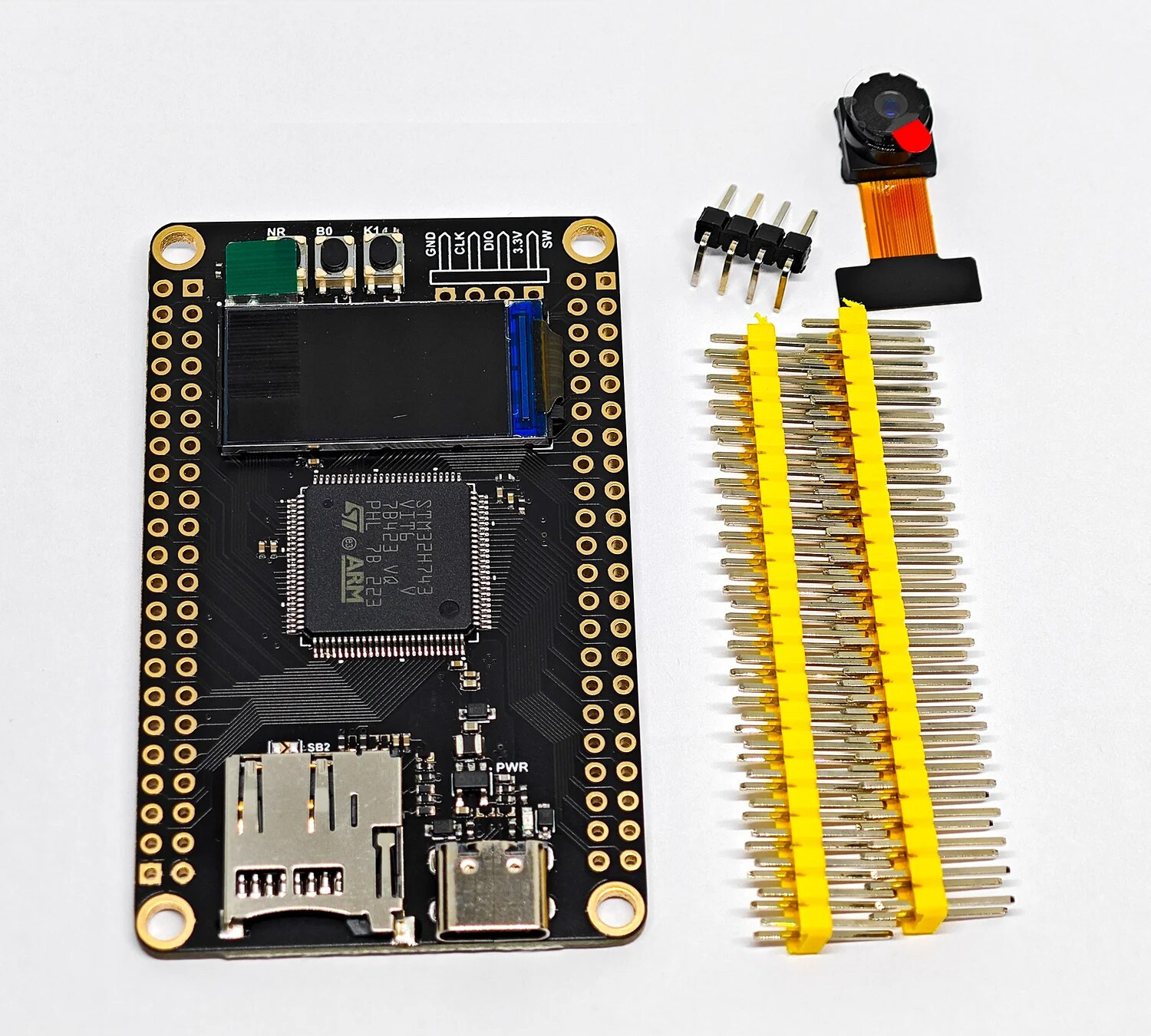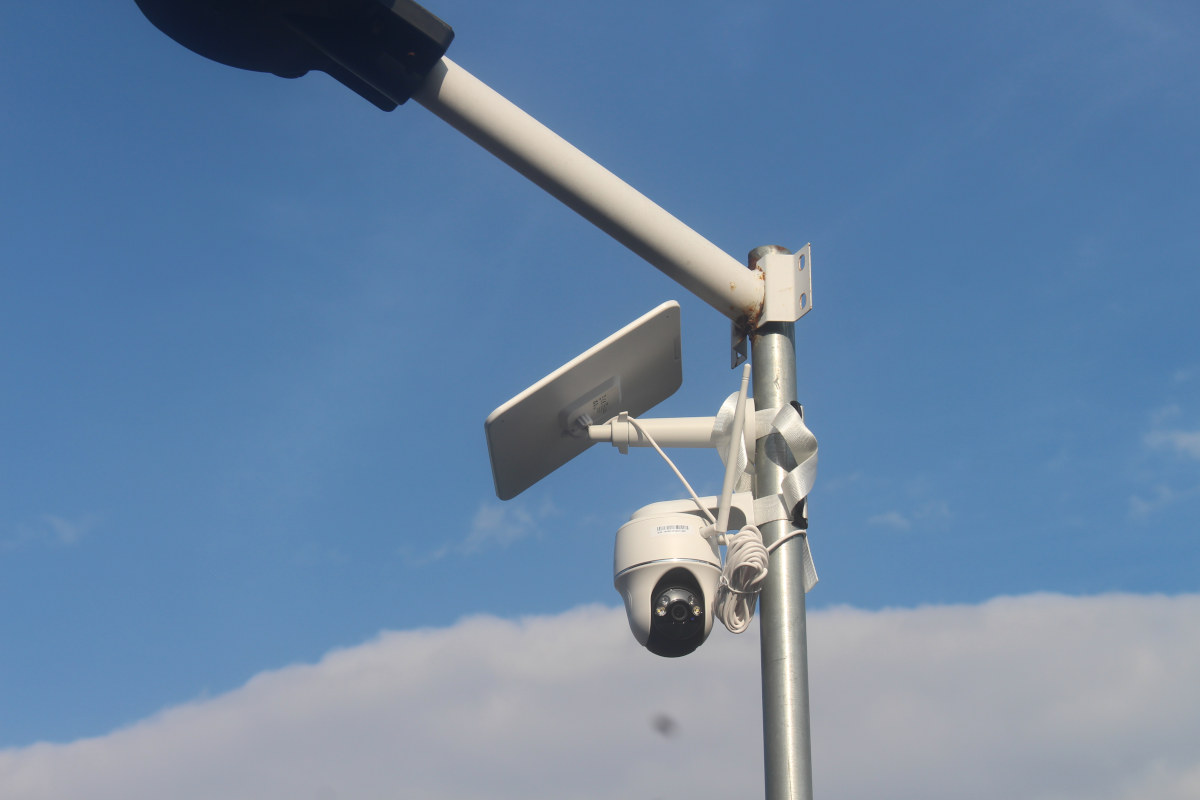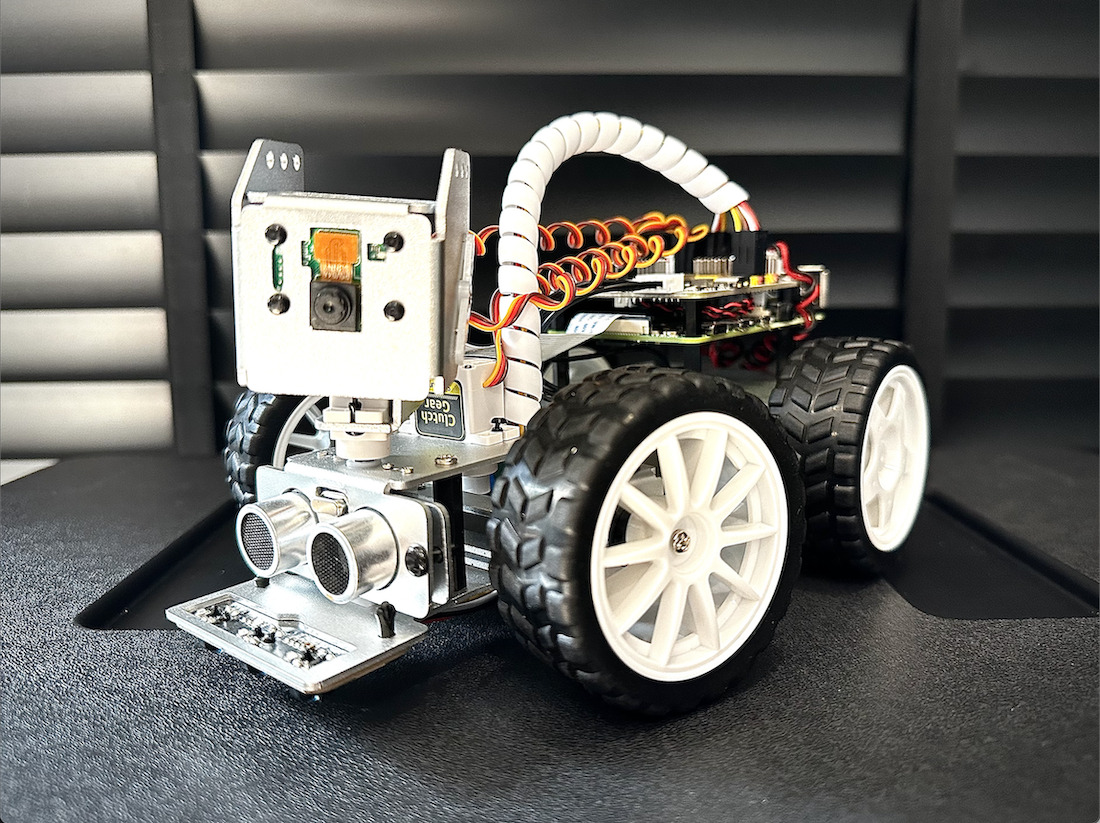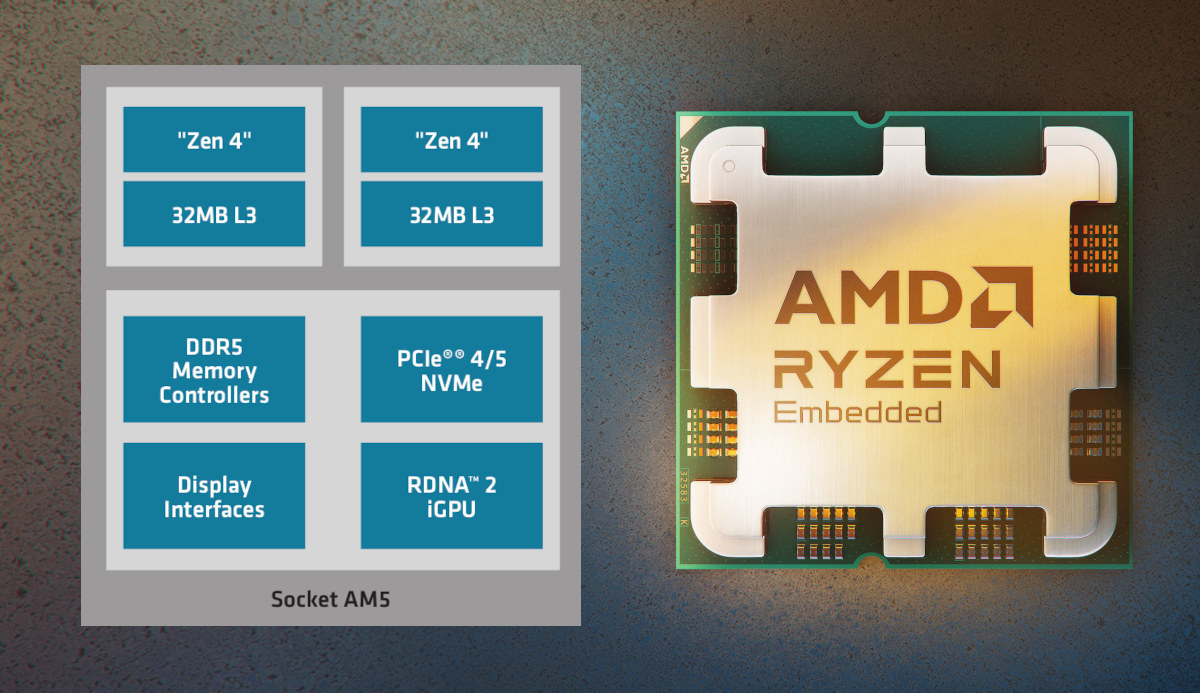AAEON UP Squared Pro 710H is a 4×4-inch SBC and developer board designed for machine vision applications with an Intel Processor N97 or Core i3-N305 Alder Lake-N CPU and a 26 TOPS Hailo-8 Edge AI processor. The single board computer supports up to two MIPI CSI cameras via a 61-pin connector and offers expansion capabilities through a 40-pin Raspberry Pi-compatible header and three M.2 sockets for 5G, Wi-Fi, and NVMe storage support. While it’s only designed to operate in the 0 to 60°C temperature range, it does have industrial features such as 12V to 36V DC input and two RS-232/422/485 connectors. UP Squared Pro 710H specifications: Alder Lake N-series SoC (one or the other) Intel Processor N97 quad-core processor up to 3.6 GHz with 6MB cache, 24EU Intel UHD Graphics Gen 12 @ 1.2 GHz; TDP: 12W Intel Core i3-N305 octa-core processor up to 3.8 GHz with 6MB cache, 32EU Intel […]
Vecow EVS-3000 AI computing systems combine 14th Gen Intel Core CPUs and MXM Graphics for Edge AI applications
Vecow has introduced the EVS-3000 series, a new line of AI computing systems powered by Intel Core i9/i7/i5/i3 (14th Gen) processors with embedded MXM graphics. These systems deliver high computing power, come with multiple PCIe slots for expansion, and support remote monitoring making them ideal for edge AI applications such as autonomous robotics, public security, and machine vision. The EVS-3000 series includes both fan and fanless models: EVS-3100, EVS-3200, EVS-3300, EVS-3400 without fans, and EVS-3100(F), EVS-3200(F), EVS-3300(F), EVS-3400(F) with fans. All systems are powered by Intel R680E chipsets and feature compact NVIDIA or AMD MXM graphics, with support for 2.5GbE LAN, Out-of-Band (OOB) management, and multiple PCIe Gen 4 slots. These systems deliver high performance for AI computing at the edge for applications such as machine vision and robotics. As you may know, we’ve previously covered several Vecow AI computing systems, including the TGS-1000 Series, SPC-9000 fanless embedded system, ECX-3200, […]
Efinix introduces the low-power Topaz RISC-V SoC FPGA family for “high-volume, mass-market applications”
Efinix Topaz is a new low-power RISC-V SoC FPGA family manufactured with the same 16nm TSMC process as the Efinix Titanium SoC FPGA, but optimized for high-performance in a low-power footprint, and targetting high-volume, mass-market applications. The Topaz SoC FPGAs provide fewer features than the Titanium family but still offer up to four RISC-V hard cores, PCIe Gen3, MIPI interfaces, LPDDR4, LVDS, and 12.5 Gbps transmitter with most features being optional and depending on the exact SKUs selected. Efinix Topaz key features and specifications: FPGA compute fabric Up to 326,080 logic elements (LEs) Up to 19.22 Mbits embedded memory Up to 1,877 10-Kbit SRAM blocks Up to 1,008 embedded DSP blocks Memory – 10-kbit high-speed, embedded SRAM, configurable as single-port RAM, simple dual-port RAM, true dual-port RAM, or ROM FPGA interface blocks Optional 32-bit quad-core hardened RISC-V block (RISCV32I with M, A, C, F, and D extensions and six pipeline […]
Cincoze DV-1100 is a rugged embedded computer with Raptor Lake or Alder Lake SoC for industrial and railway applications
Cincoze DV-1100 is a rugged embedded computer powered by a choice of Intel 13th Gen Raptor Lake or 12th Gen Alder Lake S Series embedded processors with up to 32GB DDR5 DO-DIMM memory, various NVMe and SATA storage options, up to three display interfaces, 2.5GbE and GbE networking, optional WiFi, Bluetooth, 4G LTE, and/or 5G wireless connectivity, six USB ports for expansion, and more. The system is housed in a fanless enclosure made of extruded aluminum with heavy-duty metal that’s good enough for 35W processors, but an additional fan kit is required for 65W processors. As a rugged embedded system designed for industrial environments, the Cincoze DV-1000 takes 9 to 48V DC input, integrates two RS232/RS422/RS485 COM ports, complies with the MIL-STD-810H shock and vibration standard plus various other industrial and railways standards, and can operate in a wide -40°C to 70°C temperature range. Cincoze DV-1100 specifications: SoC (multiple options) […]
WeAct STM32H743 Arm Cortex-M7 board ships with a 0.96-inch LCD and a choice of camera sensors
WeAct STM32H743 is a small MCU development board powered by a 480 MHz STMicro STM32H743VIT6 Cortex-M7 microcontroller and equipped with a small LCD and a camera connector taking OV2640, OV5640-AF, OV7670, or OV7725 camera sensors. The board comes with 2048KB flash and 1MB RAM built into the STM32H7 microcontroller, 8MB SPI flash, 8MB QSPI flash, a microSD for data storage, USB-C port for power and programming, a few buttons, and plenty of I/Os accessible through two 44-pin headers. WeAct STM32H743 specifications: MCU – STMicro STM32H743VIT6 Arm Cortex-M7 microcontroller at 480MHz with FPU, DSP, and MPU, 2048KB flash, 1MB RAM Storage – 8MB SPI Flash, 8MB QSPI Flash (bootable), microSD card socket Display – 0.96-inch TFT LCD based on ST7735 SPI display driver Camera 8-bit Digital Camera Interface (DCMI) with autofocus support OV2640 (1600×1200), OV5640-AF (2592×1944 with autofocus), OV7670 (640×480), or OV7725 (640×480) camera sensors are supported USB – 1x USB-C […]
Reolink Argus PT Ultra review – A solar powered 4K WiFi Pan-and-Tilt smart security camera
Nearly four years ago, I reviewed the solar-powered Reolink Argus PT pan-and-tilt security camera. The device worked (and still works) mostly fine, but it was at a time when security cameras did not implement AI features like people and vehicle detection just yet relying only on PIR motion sensors so I’d get plenty of false positives. The WiFi connection is not overly reliable either especially when I tried to access the camera from outside my house, something that does not happen with the PoE and 4G LTE models from the company. Reolink asked me whether I wanted to review the new Reolink Argus PT Ultra security camera with higher 4K resolution, dual-band WiFi support, as well as people, vehicle, and pet detection, and most of the same other features found on the older Argus PT. So I took up on the offer and I’ve used it for about one month […]
SunFounder PiCar-X 2.0 review – A Raspberry Pi 4 AI robot car programmable with Blockly or Python
SunFounder PiCar-X 2.0 is an AI-powered self-driving robot car using the Raspberry Pi 3/4 as the main processing board. It is equipped with a camera module that can be moved by a 2-axis servo motor, allowing the camera to pan or tilt, an ultrasonic module for detecting distant objects, and a line detection module. The PiCar-X robot can also perform computer vision tasks such as color detection, face detection, traffic signs detection, automatic obstacle avoidance, and automatic line tracking. The PiCar-X can be programmed with two computer languages: Blockly-based Ezblock Studio drag-and-drop program and Python, and the robot works with OpenCV computer vision library and TensorFlow for AI workloads. Finally, you can also control the robot through the SunFounder controller application on your mobile phone. The company sent us a sample of the Picar-X 2.0 for review, so let’s get started. SunFounder PiCar-X 2.0 robot overview The PiCar-X robot kit […]
AMD Ryzen Embedded 7000 Zen 4 SoC integrates Radeon RDNA 2 graphics, up to 28 lanes of PCIe 5 connectivity
AMD Ryzen Embedded 7000 Series is a new “Zen 4” processor with integrated Radeon RDNA 2 graphics designed for high-performance embedded systems targetting industrial automation, machine vision, robotics, and edge servers. The last two Ryzen Embedded families from AMD, namely the Ryzen Embedded V3000 and Ryzen Embedded 5000, mostly targeted headless networking and storage applications since the processors lacked any 3D GPU. But the new Ryzen Embedded 7000 processors bring back graphics with a Radeon RDNA 2 GPU clocked at up to 2.2 GHz and also come with up to 12 Zen4 cores clocked at up to 5.4 GHz, and feature up to 28 lanes of PCIe 5 connectivity. Ryzen Embedded 7000 Series specifications: CPU – Up to 12-core/24-thread “Zen 4” processor GPU – Radeon RDNA 2 graphics 1WGP @ 2.2GHz max with support for AV1/VP9 decode, H.264/HEVC decode/cncode Cache – Up to 1MB L2 cache/Core, up to 32MB L3 […]


